Malls turn to rollerskating pop-ups, haunted houses to boost traffic as anchor tenants disappear
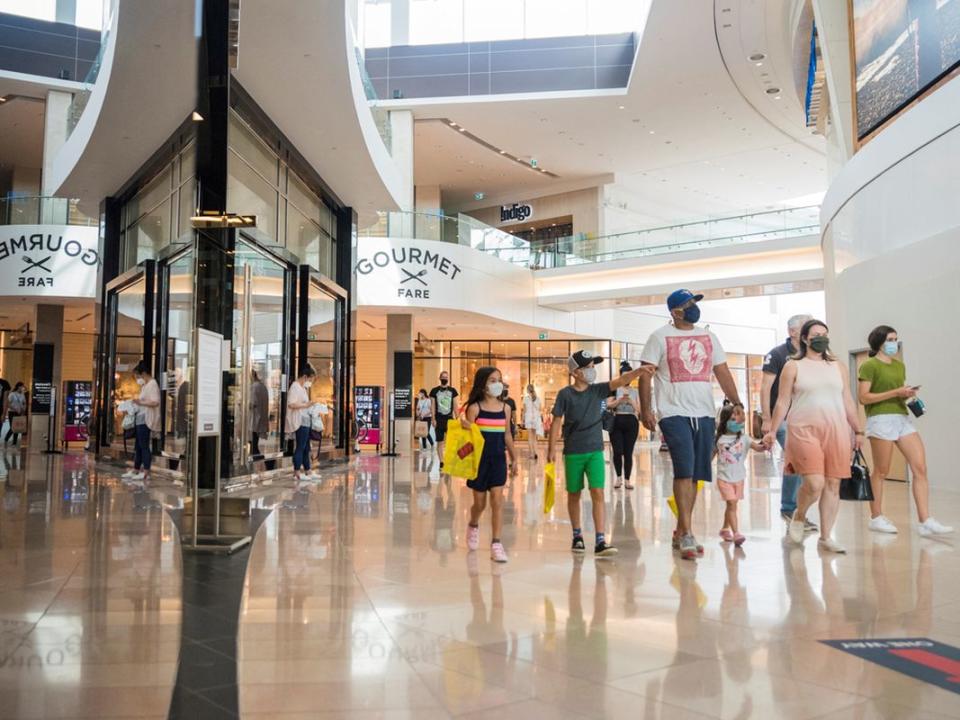
Henry O’Brien didn’t initially think his idea to launch a pop-up rollerskating business in 2021 would be part of the mixed bag of solutions commercial real estate owners would test to save malls from extinction, but then landlords started picking up the phone.
“I’m not sure if that’s because there’s more vacant retail than before,” O’Brien, co-founder of SUSO Skate Co., said of mall owners’ interest in his business. “To our surprise, (the reception)’s been unbelievably positive.”
The first pop-up he and partner Janine Bartels ran was under an expressway on a spruced-up piece of public land in Toronto called The Bentway, which hosts various family-friendly activities throughout the year, including ice skating in winter. Since then, SUSO has been able to successfully pitch landlords of three different shopping centres in and around Toronto to get customers rollerskating in big, unused spaces of their malls. This summer, SUSO will return to The Bentway, but plans are already in the works for pop-ups at two malls, including a new location in Brampton.
O’Brien’s pop-up rollerskating is one of the many ideas mall owners are testing to boost traffic after the pandemic accelerated the decline of in-person shopping and hit sales and landlords’ revenues, putting the future of malls into question.
Total retail sales growth in Canada has slowed recently, cooling to 1.5 per cent last year after rising to 8.5 per cent in 2021, according to data from CBRE Group Inc. The commercial real estate company predicts total sales growth of 1.7 per cent for all of 2023. At the same time, a flood of retailers are shutting their doors for good, leaving mall units vacant for months or sometimes years on end. Primaris Real Estate Investment Trust said occupancy of its shopping centres dropped by almost five percentage points in 2021 from 2019, when it was 91.8 per cent, as retailers closed up shop during the pandemic.
Big names are joining the exodus. The latest example came at the beginning of March, when Seattle-based department store Nordstrom Inc. announced it would shutter its Canadian operations, recalling memories of Target Corp.’s exit from Canada in 2015. Those exits are no small matter for landlords.
Department stores’ heyday
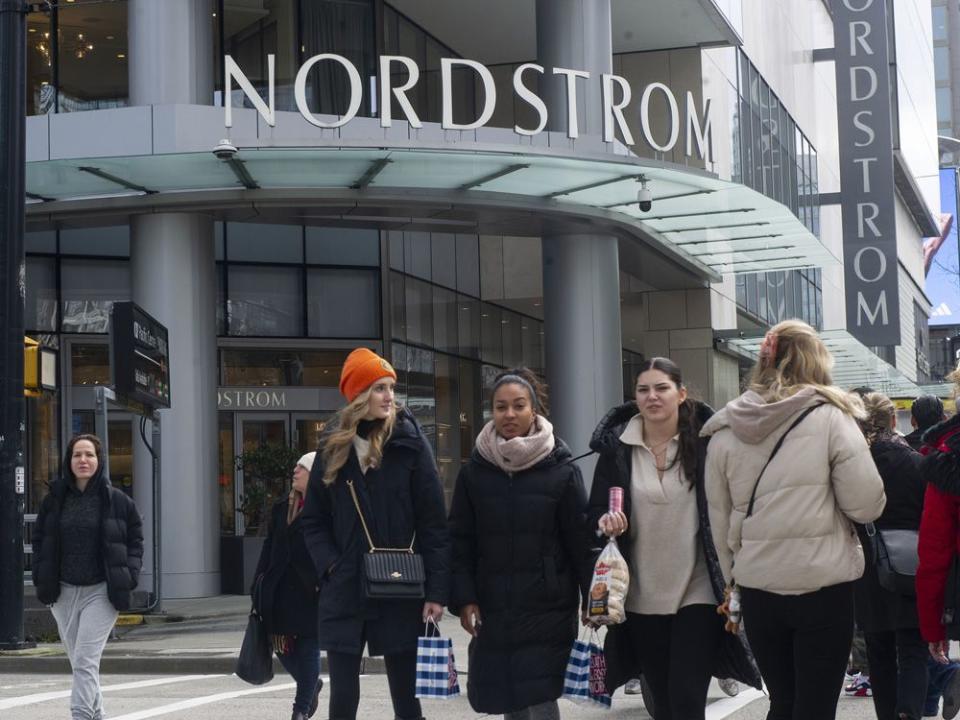
Anchor tenants such as Nordstrom were once key to the mall’s existence, said Joseph Aversa, an assistant professor of retail management at Toronto Metropolitan University.
“Malls really sell traffic. They can’t promise sales. What they sell is the potential of sales based on the number of people that cross the mall in a day or a week or a month,” he said, adding that in the mid-century, during the height of development, mall owners would build space for at least one or two anchor tenants.
Department stores were once the main and most attractive way to shop decades ago, particularly if one lived in an urban core, Aversa said. Multiple floors and never-ending shelves of merchandise featuring products for every part of daily life, from big items such as stoves to small pieces like jewelry, made it the perfect one-stop shop.
“At that time, (the space was for) these department stores and they were the quintessential piece that drove traffic in the malls and made the mall more attractive for other tenants to have signed leases,” he said.
E-commerce takes hold
But the rise of e-commerce in the last 15 years has fundamentally changed the way people shop, said Alex Avery, chief executive of Primaris, which operates two dozen malls and about a dozen plazas across Canada.
The owners of department stores and other anchor tenants, which typically occupy five to 10 times the square footage of a regular tenant, watched the aisles become increasingly empty as the likes of Amazon.com Inc. and Shopify Inc. grabbed market share. E-commerce proved to be too formidable for some companies, such as Target and Sears, Roebuck and Co., the latter of which began shuttering Canadian locations in 2017, he said.
“The last 10 years have actually been amongst the most challenging in the history of the mall business,” Avery said. “By the time Target and Sears left Canada, the role of the department store anchor and the economics of an enclosed shopping centre … really diminished to an insignificant level relative to the original role, when all of these enclosed malls were developed.”
Government-mandated store closures during the pandemic helped accelerate digital adoption for both retailers and malls. And while it might sound counterintuitive, it was “a blessing in disguise,” Avery said. The new e-commerce reality helped push Primaris in November 2021 to launch Primarché, an online marketplace with its own website featuring products from retailers in the REIT’s shopping centres, including Dufferin Mall in Toronto, Sunridge Mall in Calgary, and Kildonan Place in Winnipeg. The service offers pickup options and free delivery.
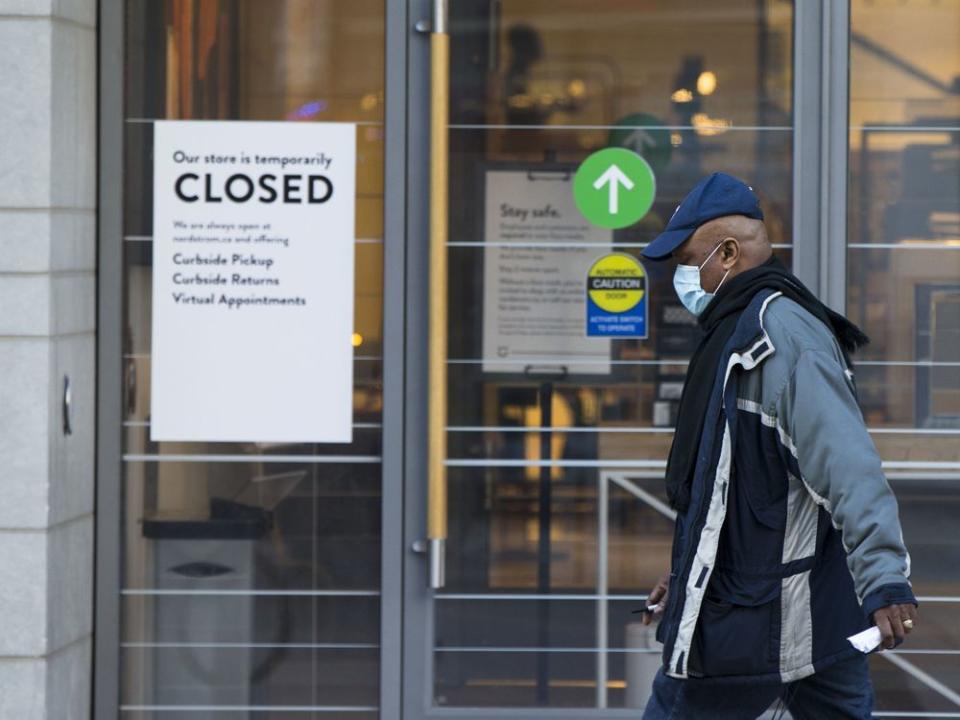
E-commerce may have brought growing pains for the retail sector, but it’s been a positive for consumers and made shopping much easier, Charles de Brabant, executive director at McGill University’s Bensadoun School of Retail Management.
“If you’re a mother with three kids and you’ve got to bring the kids to go to the mall, it’s a painful experience,” said de Brabant. “You had to do it because you had no other choice. Now, you have a choice, which then means that those places (malls) become less critical,” he said.
To that point, malls have set out to reinvent themselves to be more than just a central hub where shoppers can cross off all the items on their to-buy lists, he said. Before the pandemic, landlords were bent on committing retailers to years-long leases. But now that the industry is “in total transformational change,” such a strategy no longer makes sense, he said.
That’s why O’Brien sees SUSO as the perfect win-win solution for both himself and malls. While the mall’s leasing department seeks out long-term tenants for the empty spaces, his travelling rollerskating company can glide in for a few months at a time and either pay rent or share a portion of sales.
“Malls in general need to be very experiential focused because people can do their shopping online,” O’Brien said. “We’ve quickly learned that there is a void to fill and the value that we offer, it can be mutually beneficial.”
Primaris has also tried offering experiences to drive traffic by hosting Halloween haunted houses on its property. The move may be showing signs of success. In its most recent quarterly filings, Primaris said tenants have come back, with occupancy across all its shopping centres rising to 91.1 per cent, though that’s still below pre-pandemic levels.
Niche-specific malls
In his role as a global retail executive, George Minakakis has witnessed the various ways in which retailers and mall operators around the world deploy the latest trends to attract and retain shoppers.
From robots guiding customers around stores in Asia, to centres strictly designed for health care and well-being in the United States, shopping mall owners have experimented with different concepts throughout the 25 years he’s been in the industry, Minakakis said.
But in the wake of the COVID-19 pandemic, he said there are more questions than answers when it comes to the future of shopping malls in the Canadian marketplace.
“We’re seeing a shift. In fact, I went to Saks Fifth Avenue at Sherway Gardens (in Toronto) with my wife one morning during the week; they didn’t open until noon. The sign said that they were open seven days a week between 12 p.m. to 6 p.m., or by appointment,” Minakakis said. “I thought to myself, ‘what is happening here?’ Is that a part of being unable to recover staff? There’s a lot of question marks.”
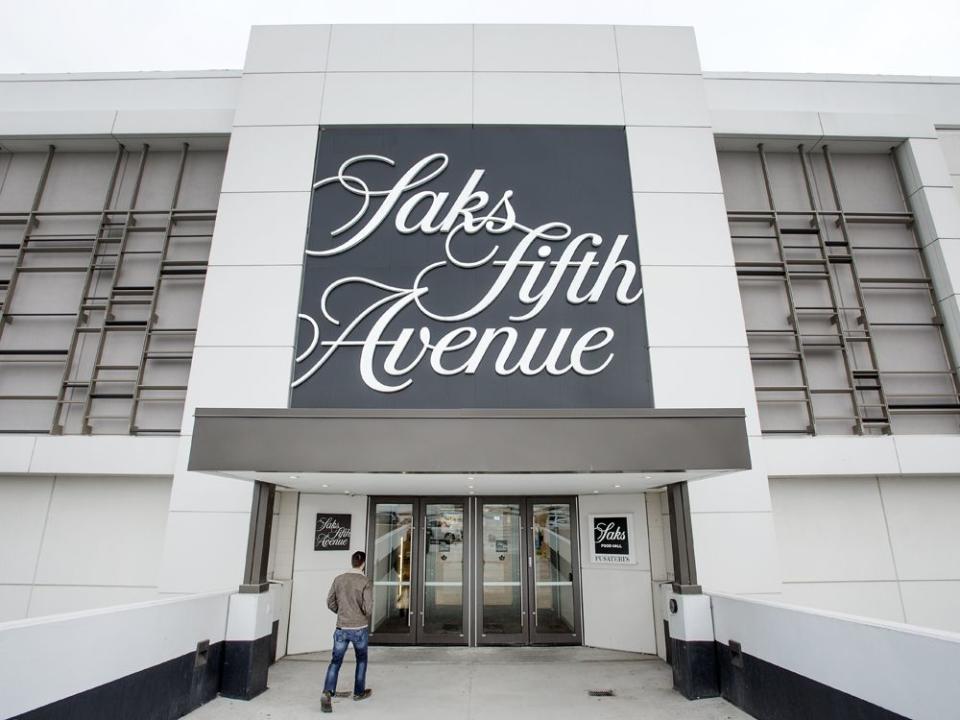
Live where you shop
Cuts in operational hours aren’t the only sign of the times. As trendy entertainment concepts appear and quickly disappear from shopping malls, Minakakis thinks the true future of malls may lie just beyond their doors, on the surrounding land.
“An amazing problem is that you have these huge real estate properties and for some of them, the land value and the mall generates a profit. I think that’s where the developers are probably going to make some major decisions,” he said.
Those decisions are already playing out in the mall landscape. Over the past few years, the prospect of developing residential buildings on underutilized shopping-centre land has become more of a reality. Top-tier mall owner Oxford Properties has already begun the planning process for high-rise residences outside the Greater Toronto Area’s Yorkdale Mall and Scarborough Town Centre.
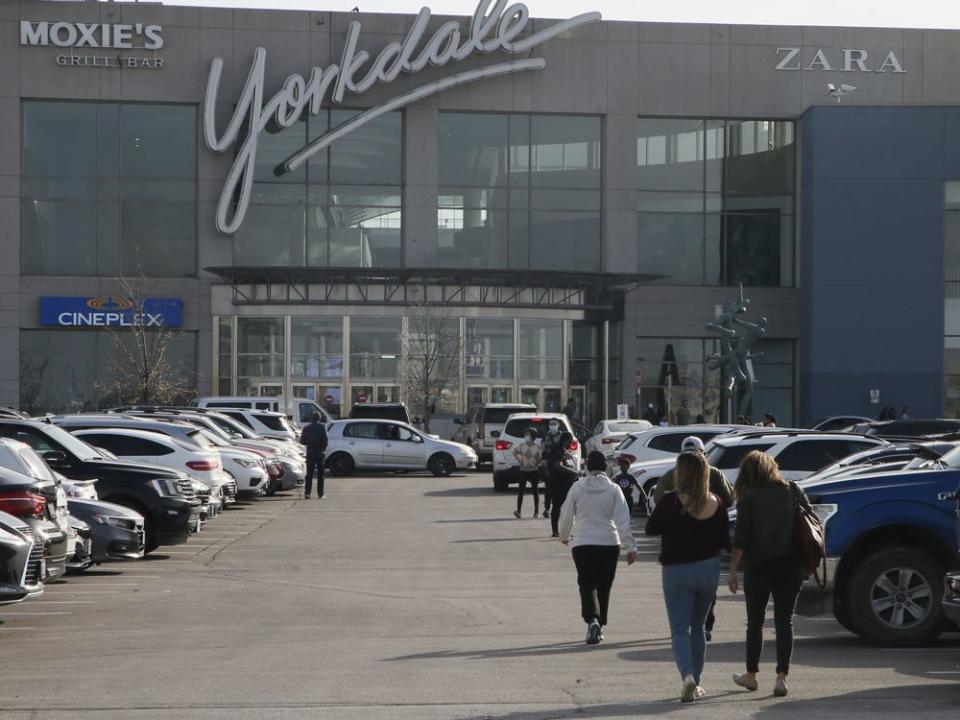
Cadillac Fairview, a competitor that co-owns Fairview Mall with Ivanhoé Cambridge, recently unveiled a 1.1 million square foot master plan to build residential units on mall property. The plan calls for the creation of 1,416 residential units, divided across two condominium towers and one rental building, just outside the doors of a subway station on the south side of the mall.
Building homes close to mall entrances is designed to make in-store shopping as convenient as possible for residents, thereby driving traffic. But Minakakis said it’s still too early predict how much those efforts will actually improve mall sales in a post-pandemic retail environment.
“The marketplace has changed,” he said. “There are a lot of theories out there about how to get more shoppers in the malls but it’s easier to say than it is to do. I think time will tell.”
Primaris’ Avery said that despite the transformation malls are undergoing, their essence and purpose remain the same.
“Why people go to shopping centres is to touch and feel and see the products,” he said. “It’s to congregate with other people …and it’s convenient and a pleasant place to go. In Canada, it’s not always pleasant to be outside. There’s a practical reality there and at the core if it all, people need to buy things.”
Zellers reboot raises questions about what HBC is trying to achieve
Mall owners betting to save brick-and-mortar retail through e-commerce
Primaris is currently in talks to bring on a company to facilitate pop-ups in its malls so people can play pickleball, a sport that’s grown in popularity in Canada.
That openness to change will be the key to keeping malls in business, McGill University’s de Brabant said.
“As the mall, if you’re not in total transformation mode, you’re dead.”
• Email: bbharti@postmedia.com | Twitter: biancabharti
• Email: shcampbell@postmedia.com

 Yahoo Finance
Yahoo Finance 